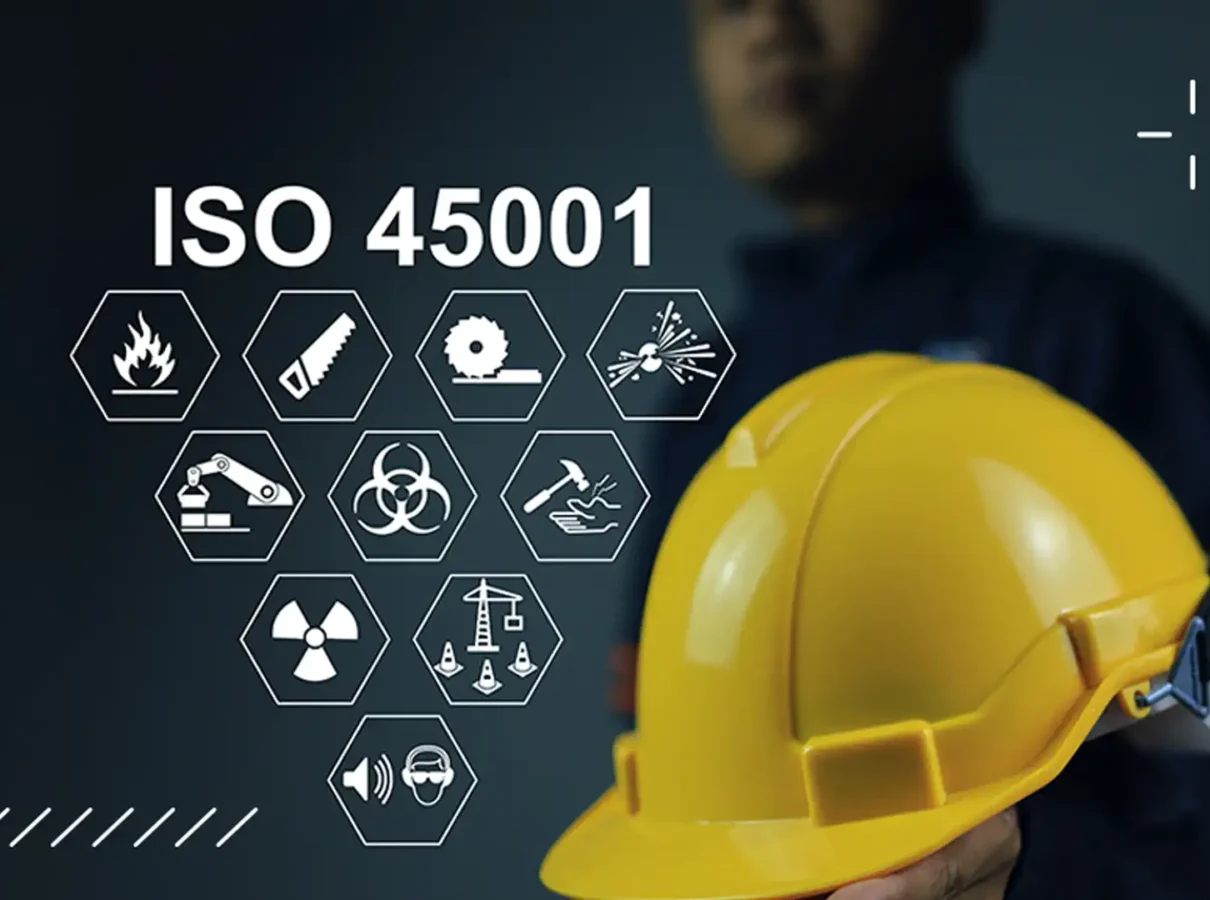What is the ISO 45001 Standard?
This standard is an international framework for occupational health and safety (OH&S) management systems. It helps organizations reduce workplace risks, improve employee safety, and ensure compliance with legal requirements. Unlike reactive safety measures, ISO 45001 promotes a proactive approach, encouraging businesses to identify hazards before they cause harm. Many organizations partner with experts like Igurustore to streamline the certification process and implement best practices effectively.
Understanding the ISO 45001 Standard
This standard replaces OHSAS 18001 and aligns with other ISO management systems, such as ISO 9001 (quality) and ISO 14001 (environment). It follows the Plan-Do-Check-Act (PDCA) cycle, ensuring continuous improvement in workplace safety. The standard applies to all industries, regardless of size, making it a versatile tool for risk management.
Key elements of OHS&S include:
- Leadership Commitment – Top management must actively support OH&S policies.
- Worker Participation – Employees at all levels contribute to safety measures.
- Hazard Identification – Organizations must assess risks and implement controls.
- Legal Compliance – Businesses must meet regulatory and industry requirements.
- Performance Evaluation – Regular audits and reviews ensure effectiveness.
Benefits of ISO 45001 Certification
Achieving ISO certification offers several advantages:
Reduced Workplace Incidents – Proactive hazard control minimizes accidents and injuries.
Legal Protection – Compliance reduces fines and legal liabilities.
Enhanced Reputation – Certification demonstrates a commitment to employee well-being.
Operational Efficiency – Streamlined safety processes improve productivity.
Global Recognition – The standard is internationally respected, aiding business expansion.
Companies often seek assistance from specialized providers like Igurustore to navigate the certification process efficiently.
How Igurustore Supports ISO 45001 Certification
Implementing requires expertise in documentation, training, and audits. Igurustore offers end-to-end support, helping organizations:
- Conduct gap analyses to identify areas for improvement.
- Develop customized OH&S policies and procedures.
- Train employees on safety protocols and compliance requirements.
- Prepare for certification audits with mock assessments.
By leveraging Igurustore’s services, businesses can achieve ISO 45001 certification faster and with minimal disruption.
Steps to Implement ISO 45001
Gap Analysis – Assess current safety practices against ISO 45001 requirements.
Leadership Engagement – Secure management commitment and allocate resources.
Employee Training – Educate staff on safety roles and responsibilities.
Documentation – Develop manuals, procedures, and records as per the standard.
Internal Audits – Evaluate system effectiveness before the final certification audit.
A powerful tool for improving workplace safety and operational performance. Organizations that adopt it not only protect their workforce but also gain a competitive edge. Partnering with experts like Igurustore simplifies the certification journey, ensuring compliance and long-term success.














